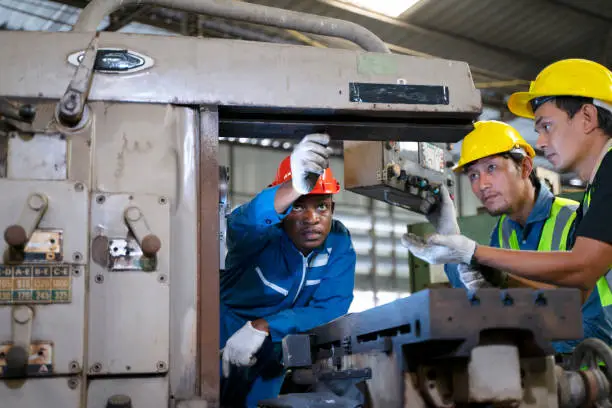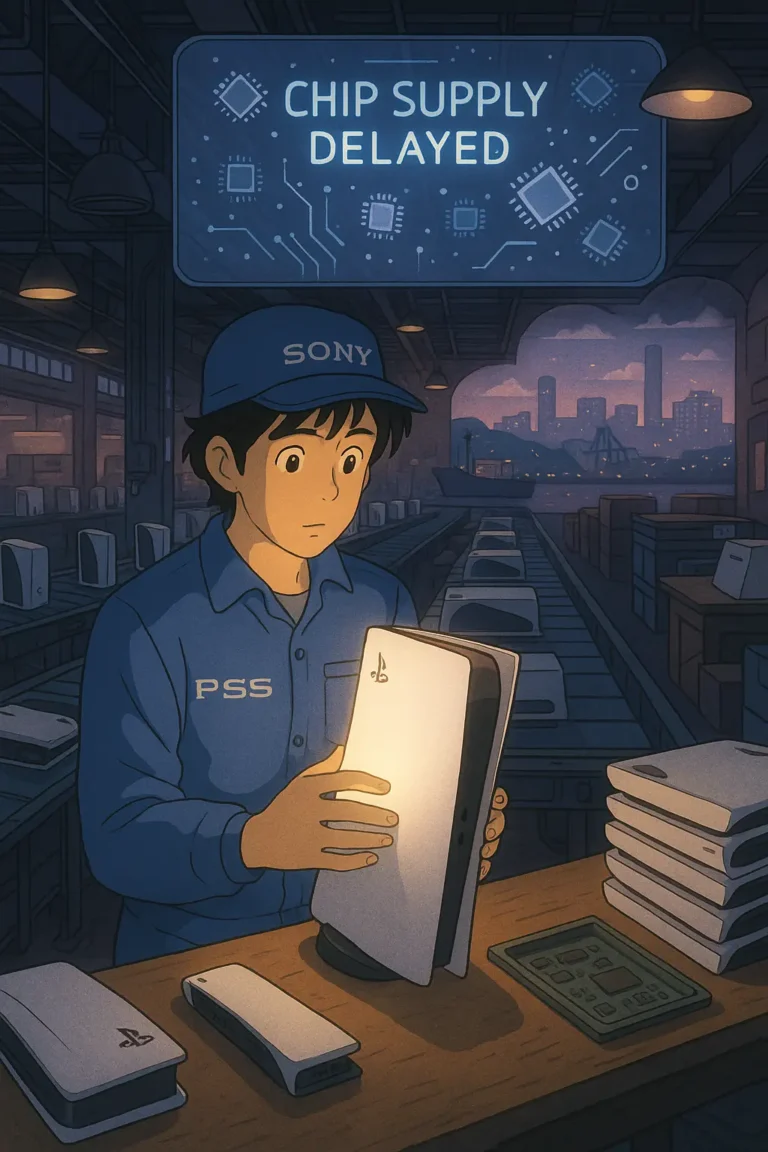
Introduction
China’s BRI, “Belt and Road Initiative”, is a massive infrastructure and economic development program spanning 70 countries and 4 continents globally, including Asia, Europe, South America, and Africa.
Since its launch, it has been challenging for the project to get a consensus. The BRI has been praised and ridiculed almost equally. Although some see it as a game changer, some see it as a curse and China taking advantage and trying to one-up the global economy.
However, many analysts expect it to reshape international trade and investment. In Africa, the BRI has already significantly impacted the continent’s supply chains. In this article, we explore the details and relevance of this impact.
Overview of China’s Belt and Road Initiative
China’s BRI is a vast infrastructure and economic development program launched in 2013. The initiative aims to connect Asia, Europe, South America, and Africa through a network of highways, railways, ports, and other infrastructure projects. The BRI is divided into two parts.
a.) The “Silk Road Economic Belt”
b.) The “Maritime Silk Road”.
The silk road focuses on land-based transportation, while the maritime silk road focuses on sea-based transportation.
The BRI is funded by the Chinese government and state-owned enterprises, with an estimated cost of over $4 trillion so far. The initiative has already funded numerous infrastructure projects in Africa, including railways, highways, ports, and airports.
Impact of China’s BRI on African Supply Chains
The impact of China’s Belt and Road Initiative on African supply chains has been significant. The BRI has already funded numerous infrastructure projects in Africa, which has led to improved transportation and logistics infrastructure.
This, in turn, has positively impacted the efficiency and reliability of African supply chains.
#Improved Logistics Infrastructure
One of the primary ways that China’s BRI has impacted African supply chains is through improved transportation infrastructure. The initiative has funded numerous railway and highway projects in Africa, improving connectivity between regions and countries.
For example, the Mombasa-Nairobi Standard Gauge Railway in Kenya has reduced the transportation time for goods between the two cities from 12 hours to 4.5 hours. This has led to a significant reduction in transportation costs and improved supply chain efficiency.
In addition to improved transportation infrastructure, the BRI has also funded numerous port and airport projects in Africa.
For example, the Belt and Road Initiative expanded the Port of Djibouti with Chinese funding. And it is now one of the largest ports in East Africa. The expansion has increased the volume of goods being shipped through the port, reducing lead times for many companies in the region and helping bolster the nation’s economy.
#Increased Investment in Manufacturing
Another way that China’s BRI has impacted African supply chains is through increased investment in manufacturing. The Chinese have invested heavily in African manufacturing facilities, creating new supply chain opportunities. For example, Chinese companies have established numerous textile factories in Ethiopia, leading to increased textile exports from Ethiopia to other African countries.
Challenges of China’s BRI on African Supply Chains
While China’s BRI undeniably positively impacts African supply chains, challenges are associated with it. Some of these challenges include the following:
Debt Burden
One of the primary challenges associated with the BRI is the debt burden African countries face. Virtually all the infrastructure projects funded by the BRI are financed through loans from the Chinese government or Chinese state-owned enterprises. This has led to concerns that African countries may become too indebted to China. Which could negatively affect their economies in the long run.
Some of the loans are also huge and would keep these African countries indebted to China for a really long time.
Limited Local Participation
Local participation is another challenge with the Belt and Road initiative. This is because China doesn’t just fund the project. They use Chinese companies and Chinese citizens or workers to execute it. Limiting opportunities for local businesses and workers Which has led to many concerns about the long-term sustainability of the projects and their impact on local communities.
Environmental Concerns
Finally, there are concerns about the environmental impact of the infrastructure projects funded by China’s BRI. Some of the projects

Obinabo Tochukwu Tabansi is a supply chain digital writer (Content writer & Ghostwriter) helping professionals and business owners across Africa learn from real-world supply chain wins and setbacks and apply proven strategies to their own operations. He also crafts social content for logistics and supply chain companies, turning their solutions and insights into engaging posts that drive visibility and trust.







